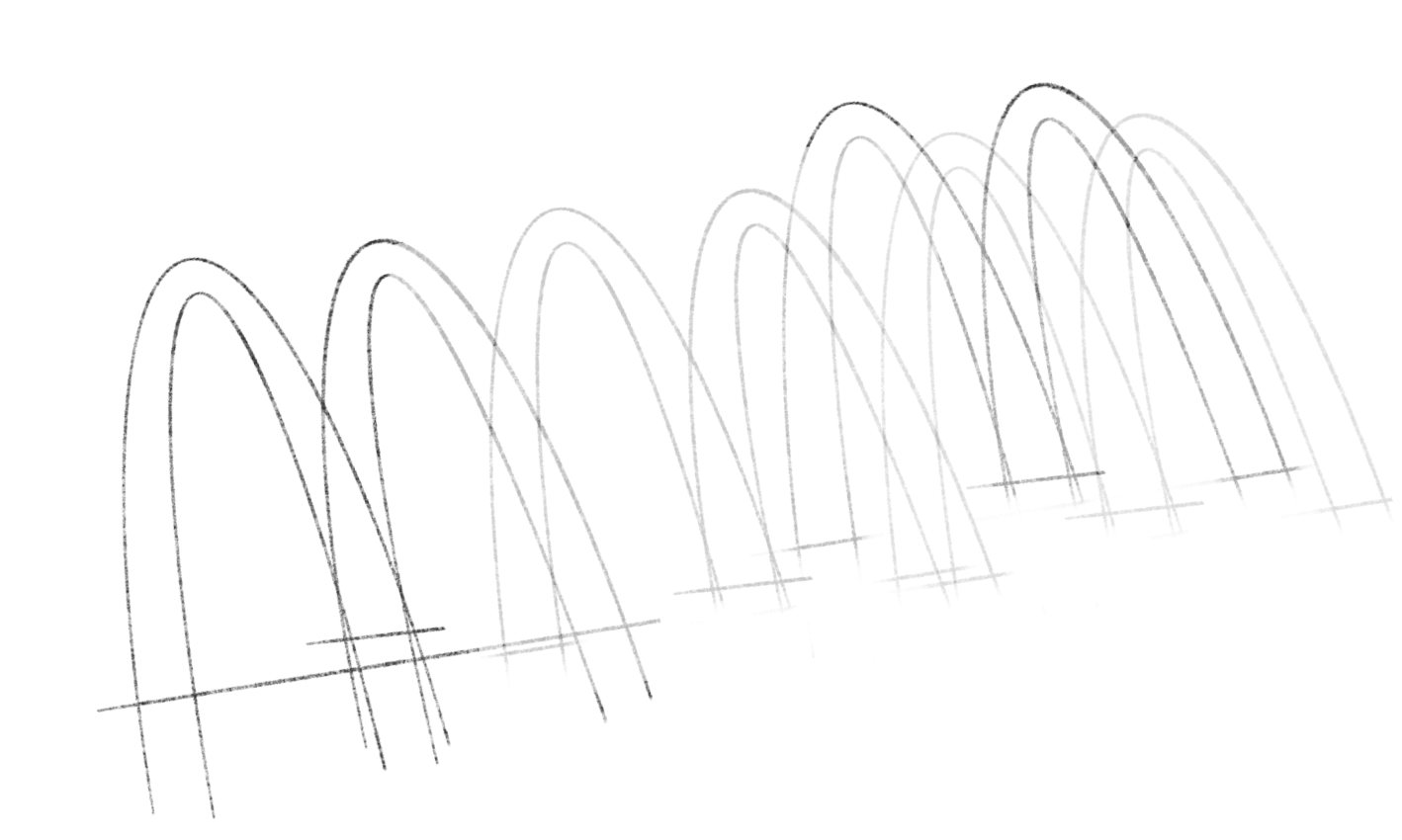Bibliography#
Daron Acemoglu. Introduction to Modern Economic Growth. Princeton University Press, 2009.
Daron Acemoglu, Simon Johnson, and James A. Robinson. Reversal of Fortune: Geography and Institutions in the Making of the Modern World Income Distribution*. The Quarterly Journal of Economics, 117(4):1231–1294, 11 2002. URL: https://doi.org/10.1162/003355302320935025.
Daron Acemoglu, Suresh Naidu, Pascual Restrepo, and James A. Robinson. Democracy does cause growth. Journal of Political Economy, 127(1):47–100, 2019. URL: https://doi.org/10.1086/700936.
Philippe Aghion and Peter Howitt. A model of growth through creative destruction. Econometrica, 60(2):323–351, 1992. URL: http://www.jstor.org/stable/2951599 (visited on 2024-05-09).
Kenneth J. Arrow. The economic implications of learning by doing. The Review of Economic Studies, 29(3):155–173, 1962. URL: http://www.jstor.org/stable/2295952.
Robert J. Barro. Economic Growth in a Cross Section of Countries*. The Quarterly Journal of Economics, 106(2):407–443, 05 1991. URL: https://doi.org/10.2307/2937943.
Richard E. Bellman. Dynamic Programming. Princeton University Press, 1957. 2010 reprint.
Evsey D. Domar. Capital expansion, rate of growth, and employment. Econometrica, 14(2):137–147, 1946. URL: http://www.jstor.org/stable/1905364.
Gene M. Grossman and Elhanan Helpman. Quality Ladders in the Theory of Growth. The Review of Economic Studies, 58(1):43–61, 01 1991. URL: https://doi.org/10.2307/2298044, arXiv:https://academic.oup.com/restud/article-pdf/58/1/43/4361322/58-1-43.pdf, doi:10.2307/2298044.
R. F. Harrod. An essay in dynamic theory. The Economic Journal, 49(193):14–33, 1939. URL: http://www.jstor.org/stable/2225181.
Chang-Tai Hsieh and Peter J. Klenow. Misallocation and manufacturing tfp in china and india. The Quarterly Journal of Economics, 124(4):1403–1448, 2009. URL: http://www.jstor.org/stable/40506263 (visited on 2024-05-09).
Charles I. Jones. On the evolution of the world income distribution. The Journal of Economic Perspectives, 11(3):19–36, 1997. URL: http://www.jstor.org/stable/2138182.
Charles I. Jones and Dean Scrimgeour. A new proof of uzawa's steady-state growth theorem. The Review of Economics and Statistics, 90(1):180–182, 2008. URL: http://www.jstor.org/stable/40043136.
Tor Jakob Klette and Samuel Kortum. Innovating firms and aggregate innovation. Journal of Political Economy, 112(5):986–1018, 2004. URL: https://doi.org/10.1086/422563, arXiv:https://doi.org/10.1086/422563, doi:10.1086/422563.
Daniel Léonard and Van Long Ngo. Optimal Control Theory and Static Optimization in Economics. Cambridge University Press, 1992.
Robert E. Lucas. On the mechanics of economic development. Journal of Monetary Economics, 22(1):3–42, 1988. doi:https://doi.org/10.1016/0304-3932(88)90168-7.
Aleksandr M. Lyapunov. The General Problem of the Stability of Motion. Kharkov Mathematical Society, Ukraine, 1892.
N. Gregory Mankiw, David Romer, and David N. Weil. A Contribution to the Empirics of Economic Growth*. The Quarterly Journal of Economics, 107(2):407–437, 05 1992. URL: https://doi.org/10.2307/2118477.
Michael Peters. Heterogeneous markups, growth, and endogenous misallocation. Econometrica, 88(5):2037–2073, 2020. URL: https://onlinelibrary.wiley.com/doi/abs/10.3982/ECTA15565, arXiv:https://onlinelibrary.wiley.com/doi/pdf/10.3982/ECTA15565, doi:https://doi.org/10.3982/ECTA15565.
L.S. Pontryagin, V.G. Boltyanskii, R.V. Gamkrelidze, and E.F. Mischenko. The Mathematical Theory of Optimal Processes. Wiley, New York, 1962.
Danny T. Quah. Empirics for growth and distribution: stratification, polarization, and convergence clubs. Journal of Economic Growth, 2(1):27–59, 1997. URL: http://www.jstor.org/stable/40215931.
F. P. Ramsey. A mathematical theory of saving. The Economic Journal, 38(152):543–559, 1928. URL: http://www.jstor.org/stable/2224098.
Sergio Rebelo. Long-run policy analysis and long-run growth. Journal of Political Economy, 99(3):500–521, 1991. URL: http://www.jstor.org/stable/2937740.
Luis A. Rivera-Batiz and Paul M. Romer. Economic integration and endogenous growth. The Quarterly Journal of Economics, 106(2):531–555, 1991. URL: http://www.jstor.org/stable/2937946.
Paul M. Romer. Increasing returns and long-run growth. Journal of Political Economy, 94(5):1002–1037, 1986. URL: http://www.jstor.org/stable/1833190.
Paul M. Romer. Endogenous technological change. Journal of Political Economy, 98(5):S71–S102, 1990. URL: http://www.jstor.org/stable/2937632.
Ekkehart Schlicht. A Variant of Uzawa's Theorem. Economics Bulletin, 5(6):1–5, 2006. URL: https://ideas.repec.org/a/ebl/ecbull/eb-06e10001.html, doi:.
Carl P. Simon and Lawrence Blume. Mathematics for Economists. W. W. Norton and Co., 1994.
Robert M. Solow. A Contribution to the Theory of Economic Growth. The Quarterly Journal of Economics, 70(1):65–94, 1956. URL: https://ideas.repec.org/a/oup/qjecon/v70y1956i1p65-94..html, doi:.
Robert M. Solow. Technical change and the aggregate production function. The Review of Economics and Statistics, 39(3):312–320, 1957. URL: http://www.jstor.org/stable/1926047.
T. W. Swan. Economic growth and capital accumulation. Economic Record, 32(2):334–361, 1956. URL: https://onlinelibrary.wiley.com/doi/abs/10.1111/j.1475-4932.1956.tb00434.x.
H. Uzawa. Neutral inventions and the stability of growth equilibrium. The Review of Economic Studies, 28(2):117–124, 1961. URL: http://www.jstor.org/stable/2295709.
Thomas A. Weber. Optimal Control Theory with Applications in Economics. MIT Press, 2011.
David de la Croix and Philippe Michel. A Theory of Economic Growth: Dynamics and Policy in Overlapping Generations. Cambridge University Press, 2002.
John von Neumann and Oskar Morgenstern. Theory of Games and Economic Behavior. Princeton University Press, 1944.
